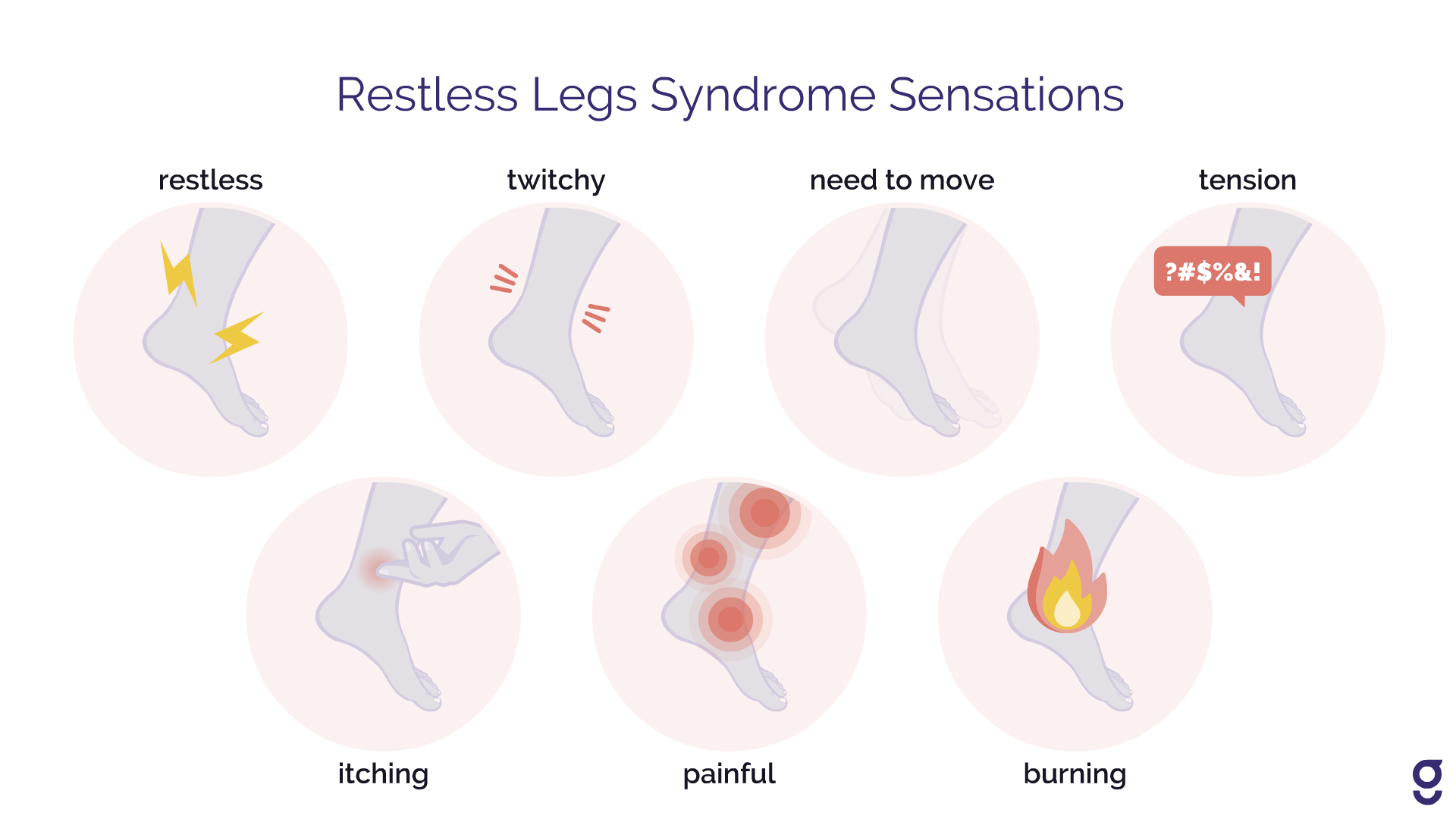Restless legs syndrome (RLS), also known as Willis-Ekbom disease, is a neurological disorder characterized by uncomfortable sensations in the legs and an irresistible urge to move them. These sensations usually occur during periods of rest or inactivity, such as when sitting or lying down, and can interfere with sleep and daily activities. In this article, we will discuss some effective ways to stop restless legs and manage its symptoms.
-
Identify Triggers
The first step in managing restless legs syndrome is to identify any triggers that may be exacerbating the symptoms. Some common triggers include caffeine, alcohol, tobacco, and certain medications such as antidepressants and antihistamines. It is also important to maintain a regular sleep schedule and to avoid napping during the day, as this can disrupt the body’s natural circadian rhythm.
-
Exercise
Regular exercise has been shown to be an effective way to reduce the symptoms of restless legs syndrome. Exercise increases the production of endorphins, which are natural painkillers and mood elevators, and can help improve sleep quality. However, it is important to avoid exercising too close to bedtime, as this can increase the symptoms of restless legs syndrome.
-
Massage
Gentle massage of the legs can help reduce the discomfort associated with restless legs syndrome. Massaging the legs helps to increase circulation and reduce muscle tension, which can help alleviate the uncomfortable sensations. Applying a warm compress to the legs can also help relax the muscles and reduce the symptoms.
-
Stretching
Stretching the legs before bedtime can help reduce the symptoms of restless legs syndrome. Simple stretching exercises such as hamstring stretches, calf stretches, and ankle rotations can help reduce muscle tension and improve circulation. It is important to avoid overstretching or engaging in strenuous exercise, as this can worsen the symptoms.
-
Medication
In severe cases, medication may be necessary to manage the symptoms of restless legs syndrome. Medications such as dopamine agonists and iron supplements can help reduce the symptoms and improve sleep quality. However, these medications should only be used under the supervision of a healthcare professional, as they can have side effects and may interact with other medications.
-
Lifestyle Changes
Making certain lifestyle changes can also help reduce the symptoms of restless legs syndrome. Avoiding caffeine and alcohol, maintaining a healthy diet, and quitting smoking can all help improve overall health and reduce the symptoms of RLS. It is also important to maintain good sleep hygiene by creating a comfortable sleep environment and establishing a regular sleep schedule.
-
Cognitive Behavioral Therapy
Cognitive behavioral therapy (CBT) is a type of talk therapy that can help people with restless legs syndrome manage their symptoms. CBT helps individuals identify negative thought patterns and behaviors that may be contributing to the symptoms of RLS and provides them with strategies to manage these behaviors. CBT has been shown to be effective in reducing the symptoms of restless legs syndrome and improving overall quality of life.
In conclusion, restless legs syndrome can be a debilitating condition that can significantly impact quality of life. However, by identifying triggers, exercising regularly, massaging the legs, stretching, taking medication, making lifestyle changes, and engaging in cognitive behavioral therapy, individuals with RLS can effectively manage their symptoms and improve their overall well-being. It is important to work closely with a healthcare professional to develop a treatment plan that is tailored to individual needs and preferences.





